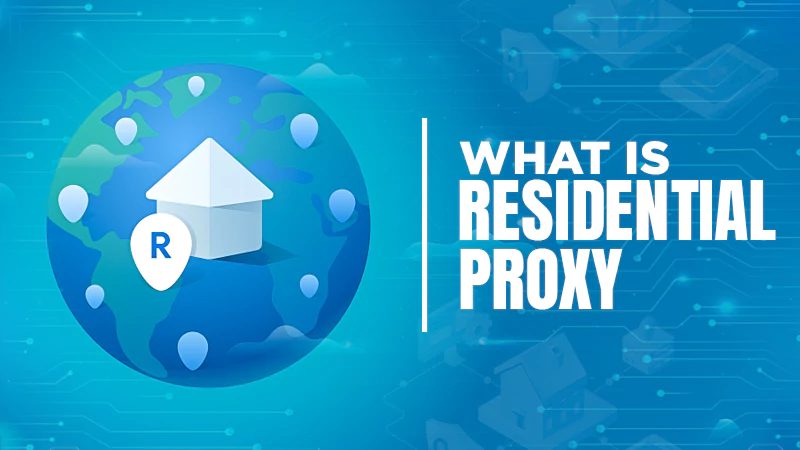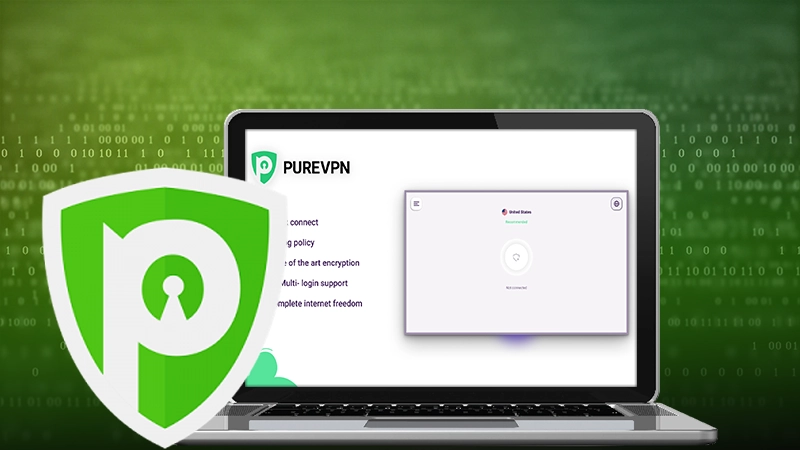How to Protect Yourself from Text Message Scams
It’s 2022, and everyone has a smartphone and loves online shopping and ordering packages on the internet. So, it makes sense that cybercriminals are jumping on the bandwagon and exploiting people’s lifestyles to try new cyber crime scam methods with apps like free SMS tracker online.
This problem also concerns the US, where the SMS scams have gained renewed visibility in the general press, with some media talking about «the new big threat among online scams.»
With messages such as «Your package will be returned to the sender today» or «Last chance to get your package back,» cybercriminals want you to take the bait. Indeed, «smishing» contains dangerous links, but sometimes such attacks can be hard to recognize. So we have summarised for you the essential tips to avoid the cyber crime threat.
Also, make sure you read: 6 Things We Learnt About Our Online Privacy from the Famous Documentary ‘The Social Dilemma’
Definition of Smishing
The term «smishing» is a combination of «SMS» and «phishing.» Similar to phishing cases, when it comes to smishing, cybercriminals also claim to be representatives of a trustworthy company or organization. However, in smishing, hackers use SMS rather than email and send text messages to trick their victims into disclosing account information or unknowingly installing malware and Trojans.
While this definition of smishing may give the opposite impression, it is not always easy to identify it. Cybercriminals find the victim’s sensitive points and try to manipulate you to inspire you to make irrational decisions.
«Smishers» have developed different approaches to obtain data from smartphone users. However, the basic model remains the same: the fraudster tries to sound presentable and tells a story that is supposed to make the victim disclose personal data or download malware. This element significantly determines the success of smishing and is also called social engineering. The attacker tries to establish a special relationship of trust and emotional involvement with the victim. He tries to make the victim feel that following the fraudster’s instructions and not taking the usual preventive measures is the best option.
How do Distinguish Smishing from Real Messages?

Pay Attention to Spelling and Grammar
In most cases, smishing messages can be recognized by grammar and spelling errors. For example, companies like Amazon, DHL, or your bank are not likely to make mistakes in their messages. So capitalization and punctuation errors are good clues.
Banks Never Ask for Your Data via SMS
In addition, almost all banks, including online banks, emphasize that they will never ask you to enter personal information via email or SMS. Instead, they prefer to ask you to log in to your online banking account via a browser or check a message in your mailbox.
A Look at the Browser’s Address Bar is Critical
Does a text message from your bank contain a link, and does the message seem trustworthy? Experts from spy apps like RealSpyApps suggest holding the link on your smartphone and copying it. Then paste it into a note or a message window and check whether the link leads to the promised page.
Most of the time, the URLs are random and do not contain keywords related to a reliable company or institution or lead to entirely different pages. In these cases, you can be 100% sure that this text message is trying to mislead you.
Install an Anti-virus Program on Your Smartphone and Update It Regularly
While such security software is by no means foolproof protection against malware infections on your smartphone, it does add an extra layer of security that you shouldn’t do without.
What Is Mobile Proxy And How Do They…
What Is Residential Proxy? Definition And Guide 2024
Protect Yourself from Cybercrime: Top 5 Smart Strategies…
Strategies for Cyber Success: Safeguarding and Managing Your…
Cybersecurity Course Online: Navigating the Digital Threat Terrain
Are You Being Spied On? 5 Reasons Why…
Fortifying Your Online Fortress: Unveiling the Best Paid…
The Imperative of Cybersecurity Integration in Front-End Development…
10 Tricks for Staying Cyber-Secure While Binge-Watching
Securing Your System: The Importance of Anti-Malware Software
Benefits of VPN for Enterprise Networks: Enhanced Security
PureVPN – The Best Streaming VPN












